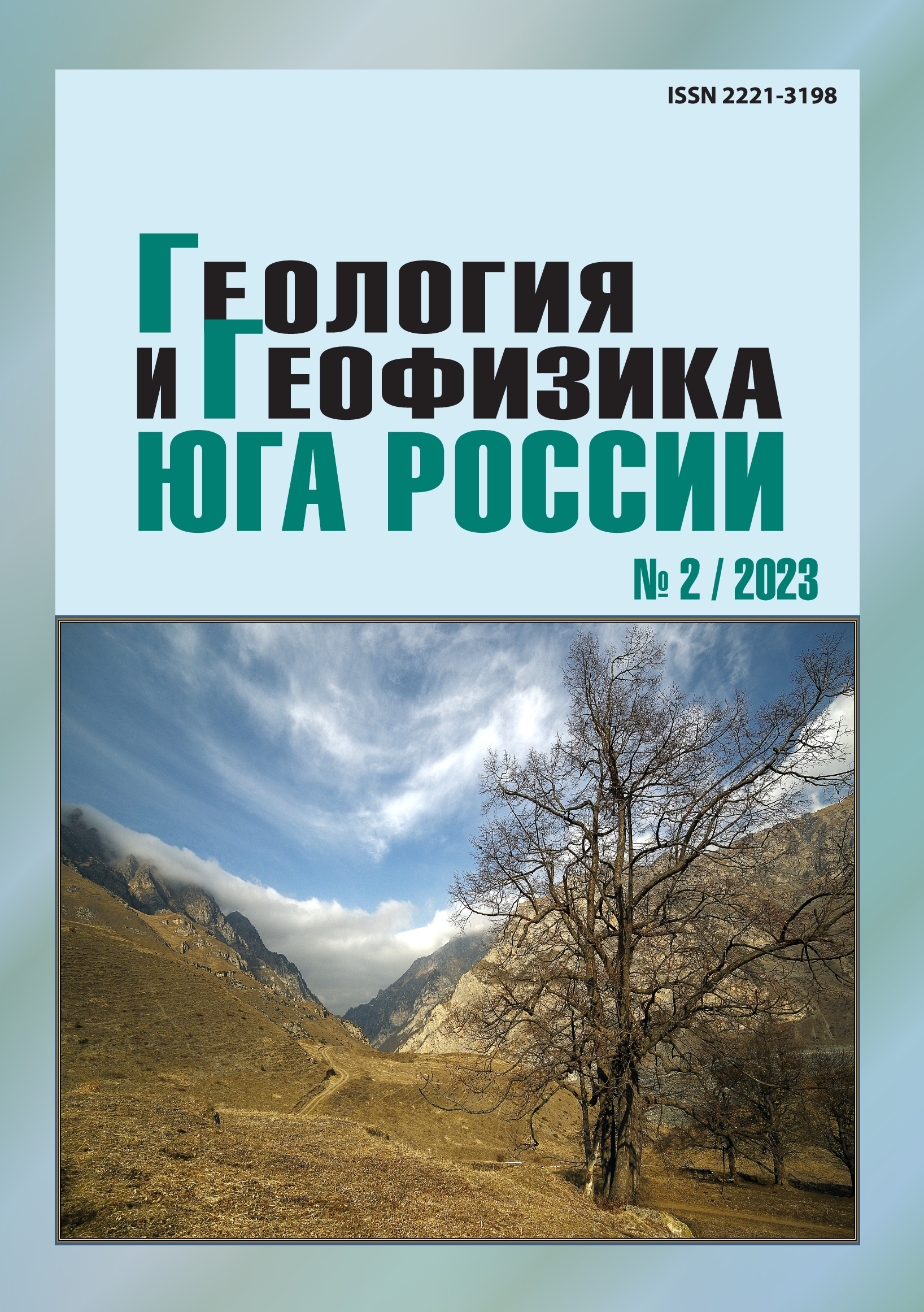Estimation of the volume of radon activity of tectonic faults within the boundaries of urban agglomerations Ust-Kamenogorsk (Republic of Kazakhstan)
Abstract
The relevance of the topic is determined by the need to identify geodynamically active faults hidden under thick layers of sedimentary rocks and assess their current activity, which is the most important task in seismic hazard zoning and the basis for earthquake prediction. The recent series of devastating earthquakes in Turkey and Syria demonstrate an ever-increasing activity of the lithosphere associated with the activation of tectonic faults. One of such potentially dangerous areas of earthquake manifestation is the city of Ust- Kamenogorsk (Republic of Kazakhstan), located within the Irtysh shear zone (IZS). The aqim of the work: to estimate the volumetric activity of radon and to establish the location of seismically dangerous tectonic faults of the ISS within the modern boundaries of the city of Ust-Kamenogorsk, based on emanation survey. Methods. Measurement of radon flux density from the ground surface and measurement of radon volumetric activity (Rn222) in soil air samples along profiles using the Alfarad Plus measuring complex, designed to monitor radon, thoron and their daughter products. The absolute parameter of the maximum value of the volumetric activity of soil radon (Qmax) and the relative indicator of the coefficient of radon activity K=Qmax/Qmin served as a quantitative characteristic of the anomaly in the processing of the information received. Results. The average background content of radon within the study area was calculated, which is 619.4 Bq/m3. In simple cases, the section of anomalous values of the Q parameter has one maximum in cross section with a gradual or stepwise decrease in the concentration of soil radon towards the periphery. In most cases, the radon anomaly is complex, discontinuous, which is associated with the inhomogeneous structure of the fault zone. Based on the results of the emanation survey, it was found that in most cases, anomalous values of the volumetric activity of Rn222 are recorded along the faults, which made it possible to specify the position of the faults on the ground. Significant inhomogeneities in the distribution of Rn222 volumetric activity are noted across the strike of fault zones and are associated with the variability of their permeability. The maximum values of Rn222 volumetric activity anomalies are associated with the geodynamically most active parts of the fault zones. The existence of areas with low permeability in the fault zone is due to the presence of finely dispersed aggregate or small blocks that are almost not disturbed by open fractures.


